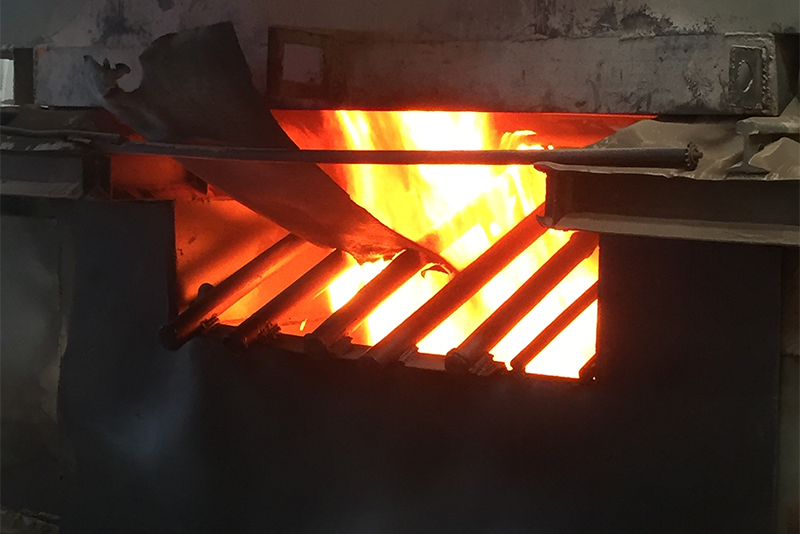The Importance of Resin Coated Sand Plants in Modern Sand Casting
In the world of manufacturing, particularly in the automotive and aerospace industries, the demand for high-quality sand casting processes has significantly risen over the past few decades. At the heart of these processes is the need for efficient and reliable materials, among which resin coated sand has emerged as a critical component. This article explores the operation, benefits, and significance of resin coated sand plants in the sand casting industry.
What is Resin Coated Sand?
Resin coated sand is a type of sand that has been treated with a thermosetting resin, such as phenolic resin, which enhances its properties for casting applications. The coating process involves mixing the sand with a resin binder and curing the mixture in an oven. This treatment improves the sand’s strength, reduces its ability to absorb moisture, and enhances its thermal stability, which is crucial for producing high-quality castings.
The Process of Resin Coated Sand Production
A resin coated sand plant typically includes several key components designed to optimize the production process. It begins with the selection of high-quality raw sand, often silica sand. The sand is then cleaned and dried to remove impurities and moisture. Once prepared, it is mixed with the resin and catalyst in precise proportions. After the mixing process, the sand undergoes a curing phase where it is heated to enable the resin to bond effectively with the sand grains.
Once cured, the resin coated sand is cooled and sized according to specific requirements for various casting applications. The final product is stored and packaged for distribution to foundries and metal casting facilities. These plants require sophisticated machinery not only to ensure consistency in quality but also to maintain efficiency and reduce waste.
resin coated sand plant

Advantages of Resin Coated Sand
The use of resin coated sand offers several advantages over traditional sand casting materials. First and foremost, it provides superior surface finish on castings. The improved flowability of the resin coated sand allows it to fill intricate molds more easily, resulting in fewer defects and better dimensional accuracy. This characteristic is especially vital when producing complex shapes that demand high precision.
Additionally, resin coated sand demonstrates enhanced durability and stability during the casting process, reducing the risk of mold breakage. The thermal resistance of the resin helps in maintaining the integrity of the sand even at elevated temperatures, which is a common scenario in metal casting.
Furthermore, resin coated sand is more environmentally friendly compared to traditional methods. The reduction in moisture absorption leads to a decrease in the production of volatile organic compounds (VOCs) during casting, thereby minimizing the environmental impact.
Conclusion
Resin coated sand plants are indispensable in the modern manufacturing landscape, particularly in industries requiring high-quality casting solutions. With the increasing market demands for precision and efficiency, the role of these plants will continue to grow. As technology advances, improvements in resin formulations and production methods will likely enhance the performance of resin coated sands even further. For foundries, embracing the benefits of resin coated sand means better quality castings, reduced waste, and a step toward more sustainable manufacturing practices. As we look to the future, investing in resin coated sand technology is not just a choice but a necessity for remaining competitive in a rapidly evolving industry.
Post time:Jul . 25, 2024 14:23
Next:Understanding the Process of Sand Casting and its Applications in Engineering Fields
